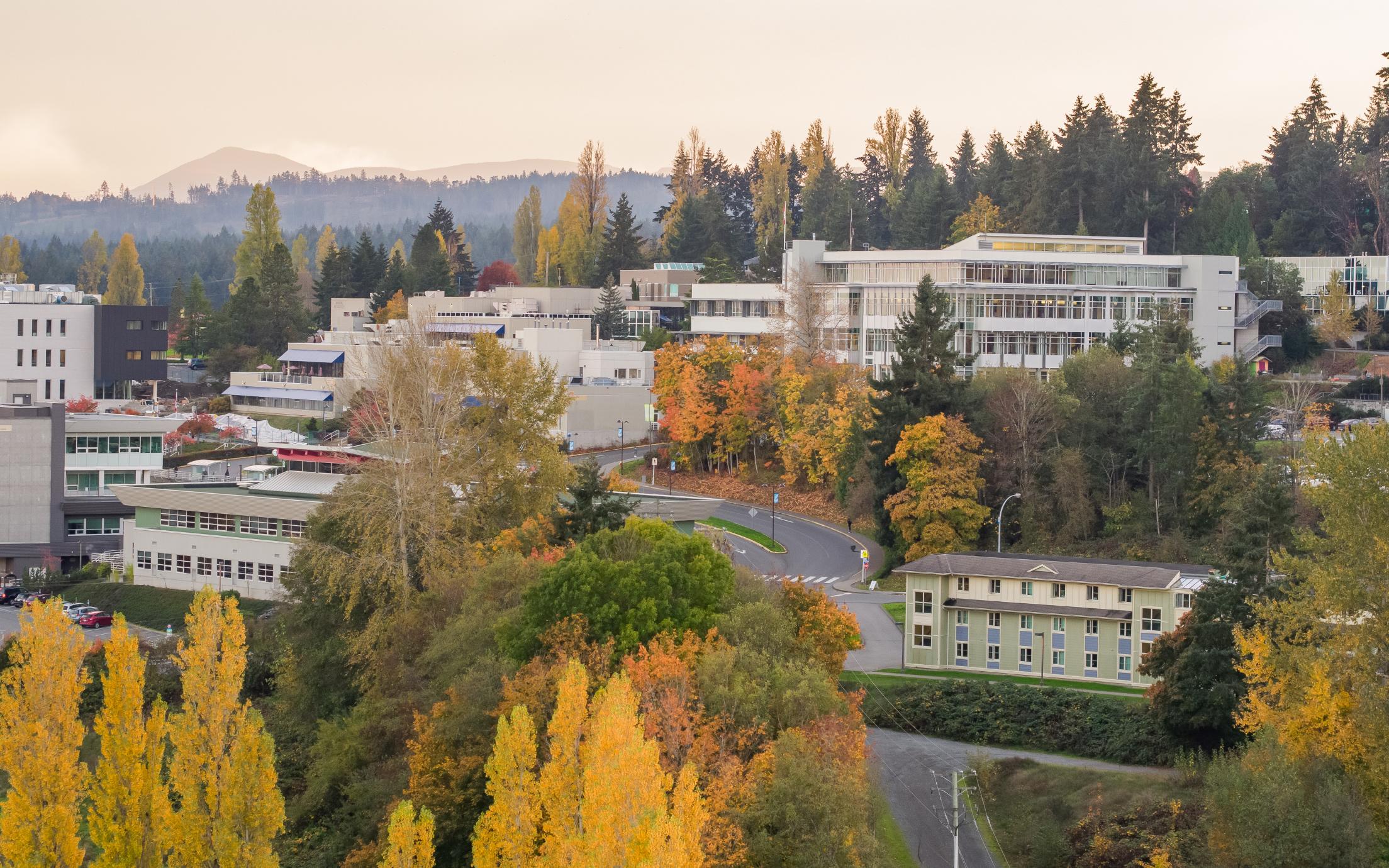Overview
The Self-Study phase is the central component of the program review process. This phase takes the largest amount of time and effort from faculty/staff to complete. Self-study is characterized by critical self-reflection and systematic review of evidence.
The Self-Study phase includes collection and analysis of existing and new evidence and the completion of a Self-Study Report. The final report includes descriptive and critical reflection and is usually between 20 and 40 pages in length, excluding appendices.
The Self-Study Report is shared with External Reviewers to help prepare for the site visit. Once finalized, the Self-Study Report is shared with the Program Review Oversight Committee (PROC).
Key Tasks and Target Timelines
| Key Action Steps | Target Timeline | Person/Area Responsible | Comments |
|---|---|---|---|
| Gather additional information (i.e., identified during the planning phase). | Year 1 Sept. to Dec. |
Faculty/staff |
OUPA is available to help with tool development and administration. |
| Review and analyze evidence. | Year 1 Sept. to Dec. |
Faculty/staff | This is a reflective process undertaken collaboratively by program faculty/staff with guidance from the PR Chair(s). |
| Write the Self-Study Report. | Year 1 Nov. to Mar. |
Faculty/staff | Program faculty/staff review the evidence and consider the following: (1) What's working? (2) What might be? (3) What's next, and who will benefit? |
| Distribute draft report for review and endorsement by the Dean and faculty/staff. | Year 1 Mar. To May |
PR Chair(s) | This process provides an opportunity for further reflection and feedback from program faculty/staff and the Dean. |
| Finalize report based on input from colleagues and submit to Dean for approval. | End of Year 1 May to Jun. |
PR Chair(s) | Once approved, forward report to OUPA. The report will be forwarded by OUPA to the AVPA. OUPA will forward any feedback from the AVPA to PR Chair(s) and the Dean. |
